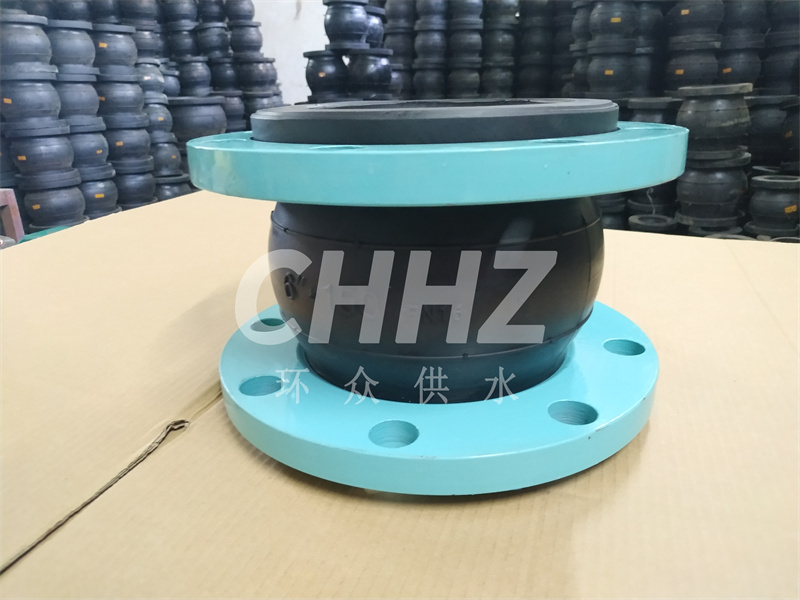Abrasion-resistant rubber expansion joint material selection.
The standard material of chemical wear-resistant and corrosion-resistant rubber joints is butyl primary rubber melted together with ethylene propylene primary rubber. Butyl rubber (IIR) is a copolymer of isobutylene and a few isoprene or butadiene.
Ethylene propylene rubber (EPM\\EPDM) A copolymer of ethylene and propylene, generally divided into binary ethylene propylene rubber and tertiary ethylene propylene rubber. Characterized by excellent ozone resistance, UV resistance, weather resistance and aging resistance, ranking first among general-purpose rubbers. Electrical insulation, chemical resistance, impact elasticity is very good, acid and alkali resistance, small specific gravity, can be high filling fit.
The production method of wear-resistant rubber joints is the same as that of ordinary rubber joints, except that the materials selected are different. The wear resistance of rubber joints is several times higher than that of ordinary rubber joints, and their service life is longer than that of ordinary rubber.
Wear-resistant rubber joints are generally used in special pipelines because of their harsh environment, such as dust pipelines, desulfurization slurry pipelines, paper mill pulp pipelines, lime slurry pipelines, quartz sand water pipelines, coal ash pipelines, etc.
Abrasion-resistant rubber joints are mainly made of highly wear-resistant rubber, which has better abrasion resistance raw energy and can well compensate for the axial, radial and angular displacement of the desulfurization pipeline.
